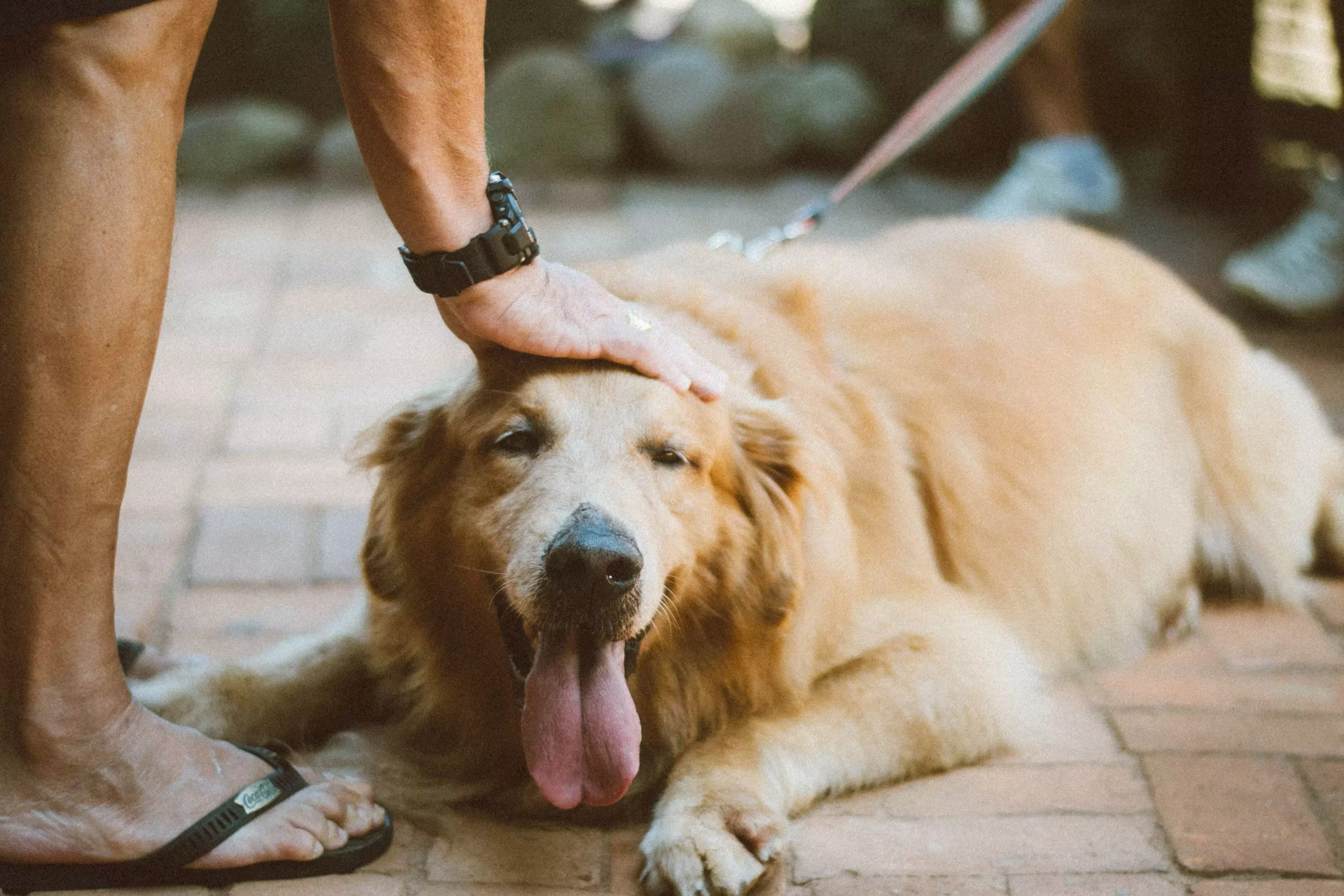Creating a Structured and Consistent Feeding Schedule for Your Dog
As responsible pet owners, it is our duty to ensure that our furry friends are healthy and well-nourished. One crucial aspect of dog care is establishing a structured and consistent feeding schedule. This article will guide you through the process, providing valuable insights and tips to help you maintain your dog’s health and well-being.
Why is a Structured Feeding Schedule Important?
A structured feeding schedule offers numerous benefits for your dog’s overall health. Here are a few reasons why it is crucial to establish one:
1. Maintains a Healthy Weight: A consistent feeding routine helps regulate your dog’s calorie intake, preventing overeating or excessive weight gain.
2. Digestive Health: Regular feeding times promote a healthy digestive system, reducing the risk of stomach issues such as bloating or indigestion.
3. Behavioral Stability: Dogs thrive on routine, and a structured feeding schedule can contribute to better behavior and reduced anxiety.
4. Training Aid: A predictable feeding schedule allows you to schedule potty breaks and training sessions more effectively, leading to better obedience and faster learning.
Establishing a Structured Feeding Schedule
Creating a structured feeding schedule for your dog doesn’t have to be complicated. Follow these steps to ensure a consistent routine:
1. Determine the Ideal Number of Meals: Most adult dogs do well with two meals per day, while puppies may require three or more. Consult your veterinarian to determine the best meal frequency for your dog’s age, breed, and activity level.
2. Choose the Right Portions: Feeding your dog the appropriate amount of food is crucial for maintaining a healthy weight. Refer to the recommended feeding guidelines on your dog food packaging or consult your vet for personalized advice.
3. Set Fixed Meal Times: Establish set meal times that suit your schedule and stick to them as closely as possible. Regularity is key to establishing a routine that your dog can rely on.
4. Avoid Free-Feeding: While leaving food out all day may seem convenient, it can lead to overeating and weight issues. Instead, offer meals at specific times and pick up any uneaten food after a short period.
5. Consider Mealtime Enrichment: Mealtime enrichment activities, such as puzzle toys or slow feeders, can provide mental stimulation and prevent rapid eating. These can be especially beneficial for dogs who gulp down their food too quickly.
Frequently Asked Questions
Q: Can I change my dog’s feeding schedule if needed?
A: While it’s important to maintain consistency, you can make necessary adjustments to your dog’s feeding schedule. Gradually transition to the new schedule by shifting meal times in small increments over a few days.
Q: Should I feed my dog before or after exercise?
A: It’s generally recommended to feed your dog after exercise to prevent stomach upset. However, ensure there is a gap of at least an hour between exercise and feeding.
Q: Can I give my dog treats outside of their regular meals?
A: treats can be given as rewards or for training purposes but should be incorporated into your dog’s daily calorie intake. Adjust meal portions accordingly to avoid overfeeding.
Q: What if my dog refuses to eat at the scheduled time?
A: If your dog consistently refuses meals, it’s important to consult your veterinarian, as it could be a sign of an underlying health issue. However, occasional skipped meals may occur, especially if your dog is not feeling well or experiencing a change in routine.
By following these guidelines and maintaining a structured feeding schedule, you can ensure your dog receives the necessary nutrition while promoting their overall health and well-being. Remember, consistency is key, and consulting with your veterinarian will help tailor the best schedule for your furry friend.









